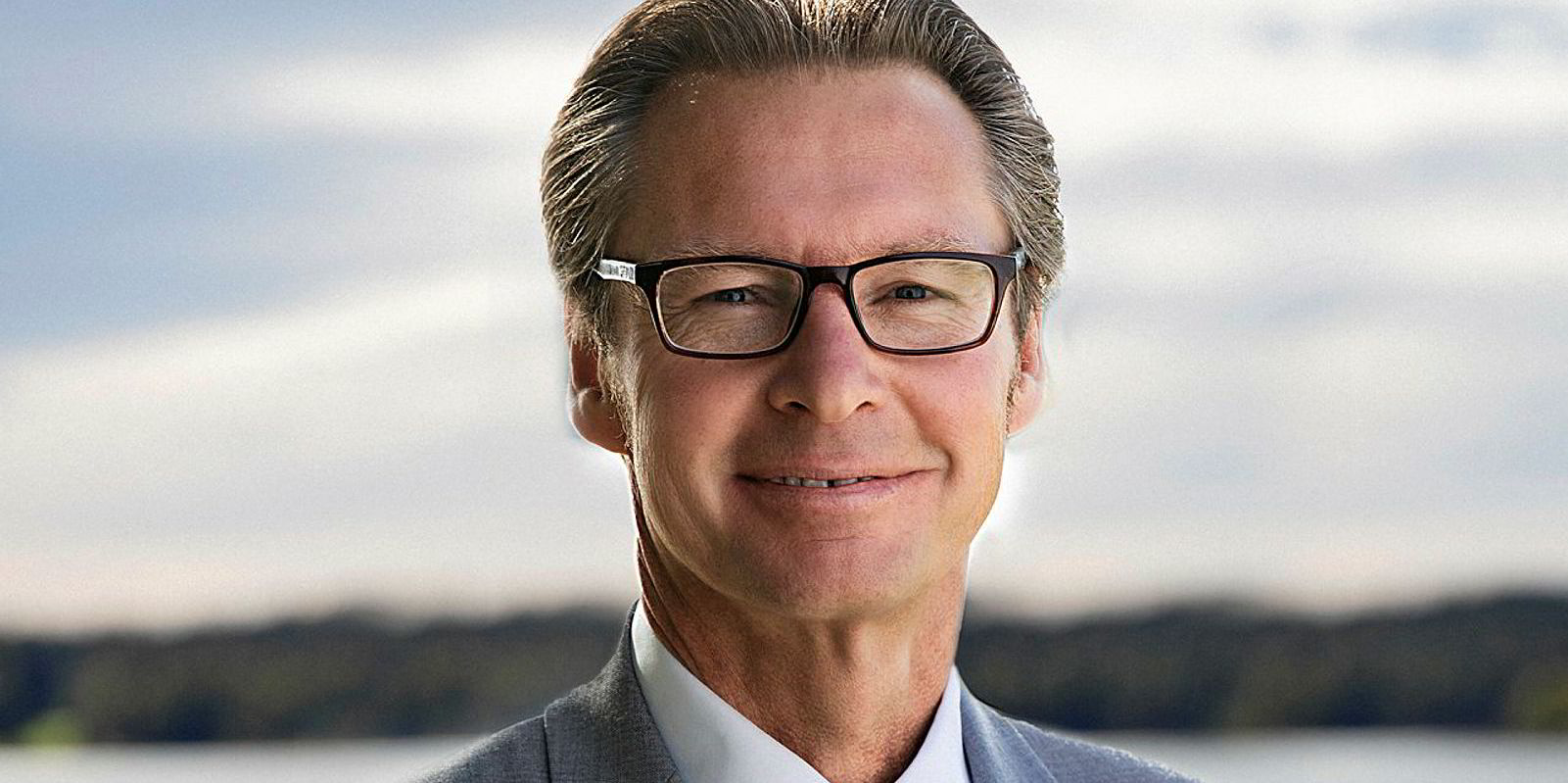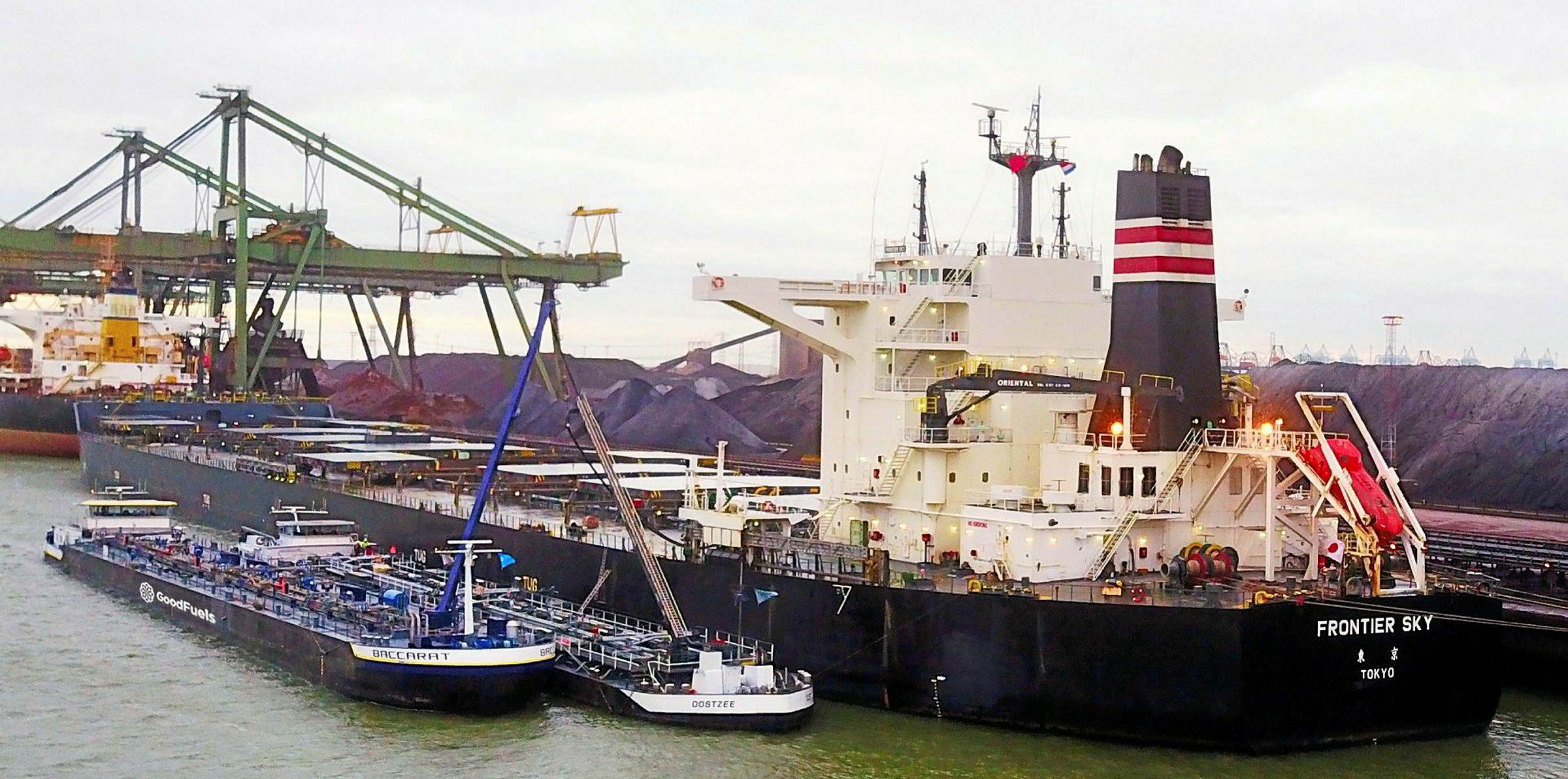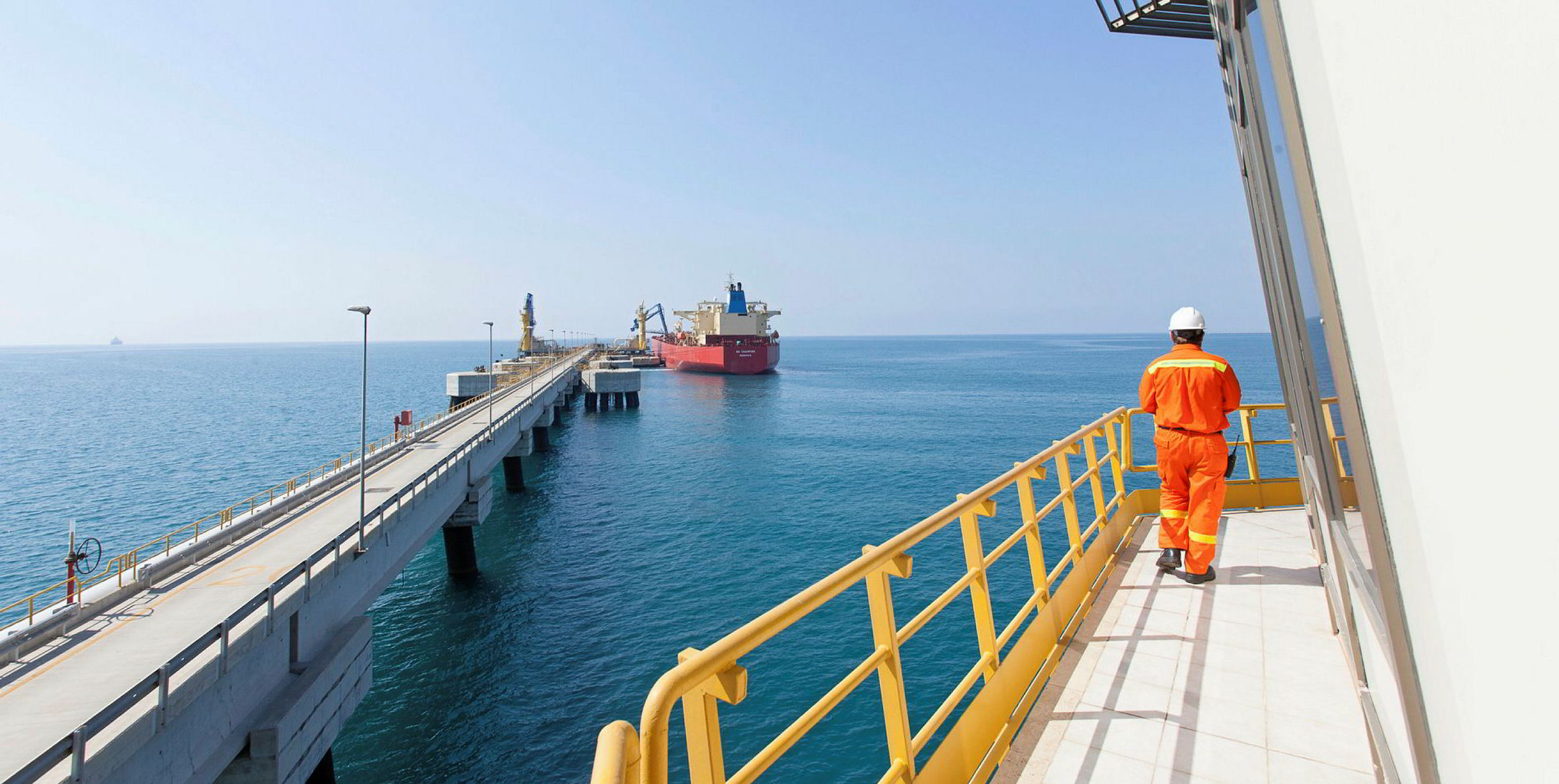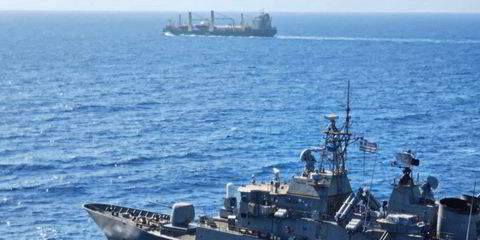The recently published DNV GL Maritime Forecast to 2050 looks to cut through some of the confusion surrounding future fuels.
Although we refrained from picking a clear winner among those fuels, we could show what we expect the fleet and fuel environment will look like in 2050, depending on the likely pathways and how this shifts over time.
And so, we can highlight the most likely outcomes with a detailed library of decarbonisation scenarios designed to help shipowners navigate the road ahead.
Our pathway modelling shows that carbon-neutral fuels need to supply more than 60% of the total energy for international shipping in 2050 if we are to achieve the International Maritime Organisation’s emissions reduction ambitions.
Perfect is the enemy of good. So, we must not tread water waiting for the ideal fuel. The transition to zero-carbon fuels must start now, with action from across the maritime industry, to achieve the 2050 goals.
Shortsea has options such as battery hybrids, fully electric and hydrogen for niche applications, but for deepsea the scope is more limited. The wide variety of fuels in the mix across our scenarios points to the uncertainty of the effects of future policy measures, availability and prices.
Availability of volumes and infrastructure
Whichever fuels emerge as the most viable options for the future, there has to be market availability, both in terms of volumes and infrastructure. Governments must step up to support our industry, and appropriate regulations need to be in place.
Shipping’s wider stakeholders also have an agenda when it comes to decarbonisation. Banks are looking much more closely at climate risk in shipping with the Poseidon Principles, and sustainability is now also a factor for cargo owners when looking at their logistics chains.
Shipowners can do their part now by allowing for fuel flexibility. Ships built today will face a very different future in 10 to 15 years’ time, so a fuel-flexible approach is key.
As I’ve said before, I believe the path to getting to the IMO targets starts with gas. For the next one to two vessel generations we advise gas dual-fuel engines, allowing for future fuel flexibility.
LNG can facilitate the switch to lower carbon drop-ins such as bio-based and electro-based LNG, and these options alongside bio-marine gas oil (MGO) and e-MGO look to be the most likely commercially viable new fuels to enter the mix from 2030 onwards.
By 2050, e-ammonia, blue-ammonia and bio-methanol frequently end up with a strong share of the market and are the most promising carbon-neutral fuels in the long run.
Future fuels are likely to cost more than fuel today, so a level playing field is imperative. We of course need first movers, but every owner cannot be expected to follow suit in the absence of a regulatory framework that ensures everyone is working from the same page.
Consequently, over the next few years our entire maritime value chain needs to collaborate and join forces to drive this change. It is crucial to accelerate technology development, engage in pilots and formulate required safety standards. We are all called to action.
Knut Orbeck-Nilssen is chief executive for the maritime division of DNV GL, an Oslo-headquartered classification society
Do you have an opinion to share? Email: news@tradewindsnews.com






